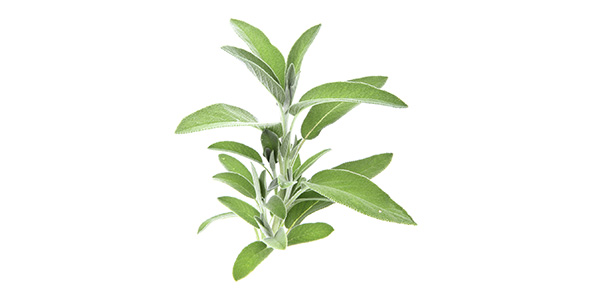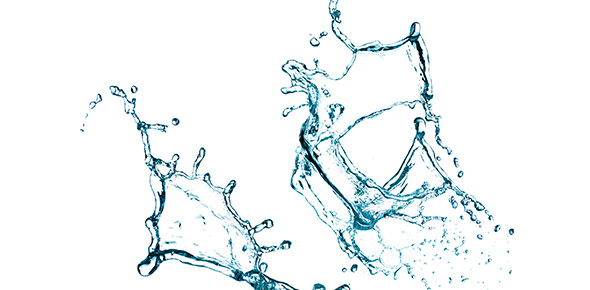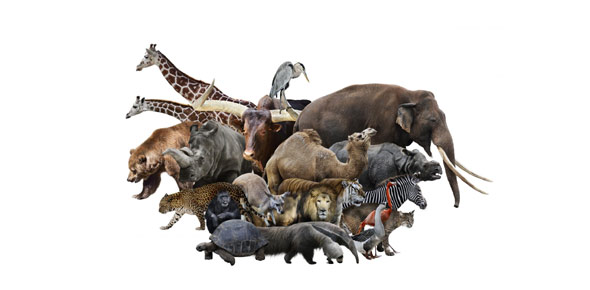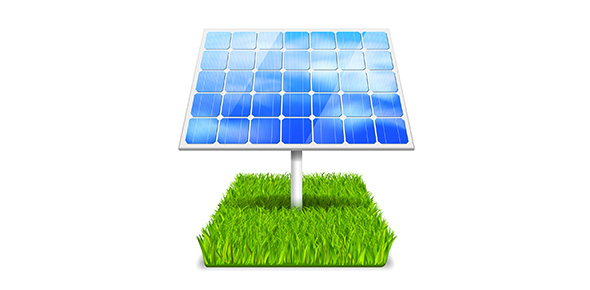Related Flashcards
Cards In This Set
| Front | Back |
|
What does the word 'chlorophyll' derive from? What is it?
|
Greek: chloros = green, phyllon = leaf; therefore green leaf. It is a pigment that absorbs red and blue light, but reflects green light
|
|
What is the structure of chlorophyll?
|
It contains a porphyrin head which has a hydrophobic ring and absorbs light energy and a hydrocarbon tail which has a hydrophobic chain and is embedded in the thylakoid membrane like a phospholipid.
|
|
What does photosynthesis do?
|
Stores light energy into chemical bonds of sugars
|
|
What does cellular respiration do?
|
Transport stored chemical energy into usable energy (ATP)
|
|
Compare day/night reaction in plants
|
In the day, there is more photosynthesis than respiration; in the night, there is only respiration because there is no light.
|
|
What is the net chemical reaction of photosynthesis?
|
6 CO2 + 6 H20 ------> C6H12O6
|
|
What are the 2 major major stages of photosynthesis?
|
The light dependent and the light independent reactions (the Calvin Cycle)
|
|
What does the light dependent reaction require? What does it do? Where does it occur?
|
It requires light and chlorophyll pigments. It capture and transforms energy into ATP and NADPH (a coenzyme). It occurs in the grana (stack of thylakods)
|
|
When can the light-independent reactions occur? What happens during this reaction? Where does it occur?
|
It can occur in darkness or in light. Carbon fixation builds organic sugars from inorganic CO2, using ATP & NADPH from the light-dependent reaction. It occurs in the stroma (fluid in chloroplast, OUTSIDE of thylakoid)
|
|
What are the roles of the coenzymes?
|
They function as an electron and H+ carriers in photosynthesis and cell respiration.
|
|
What are some examples of coenzymes in photosnthesis? What do all coenzymes have the common structure of (VARP)?
|
Photosynthesis: NADP+
Common structure of: - Vitamin B (B3 --> NAD, B2 --> FAD, B5 --> CoA) - Adenine - Ribose - Phosphate |
|
What three processes do the light-dependent reactions involve?
|
1: Photoexcitation, 2: Electron transport, 3: Chemiosmosis
|
|
What is required in photoexcitation? What are they and where are they located?
|
Two photosystems (PS-1 and PS-2) which are protein complexes embedded in the thylakoid membrane.
|
|
What does each photosystem contain?
|
Each contains an antenna complex therefore 100s of "resonant" chlorophyll a, b, & other pigments (e.g. caretenoids)
|
|
What does the antenna complex do?
|
It absorbs and transfers light energy towards the "Reaction centre" of the photosystem
|







